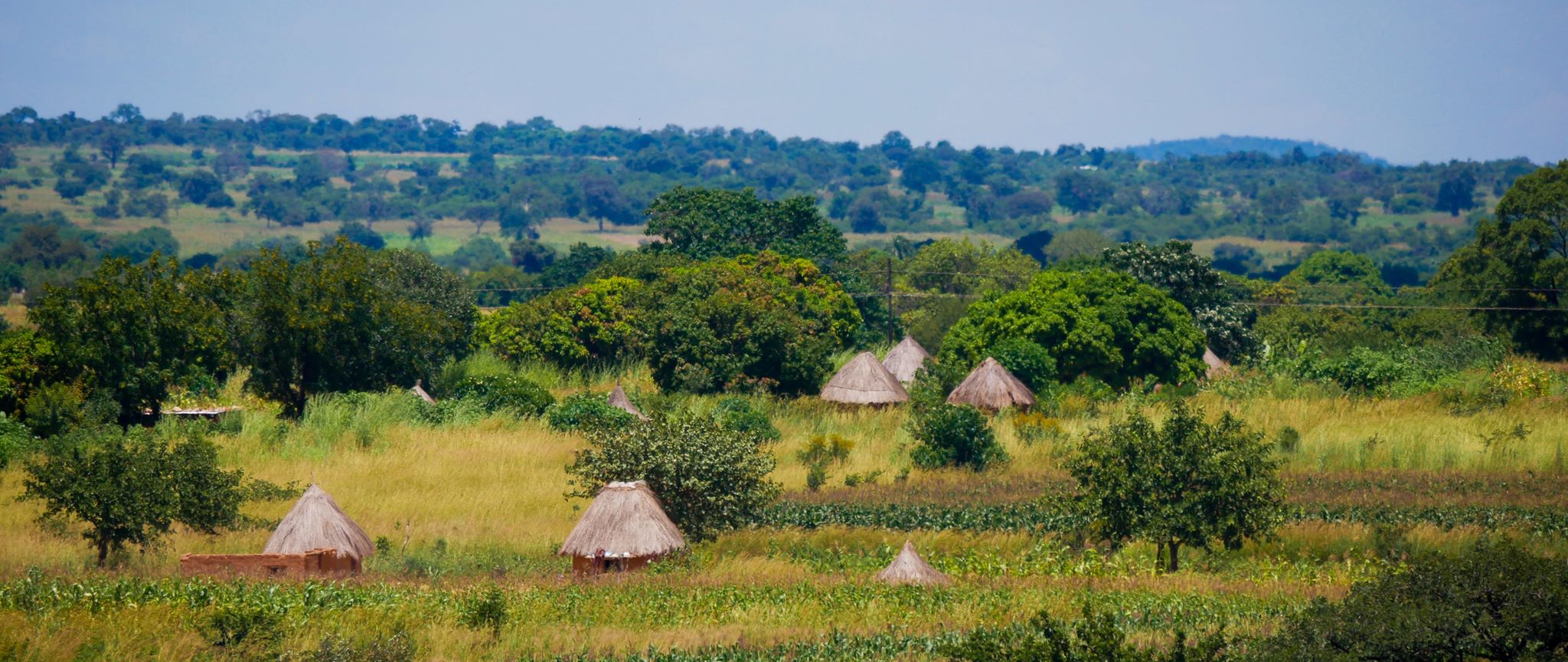In this blog entry for world environment day, Mercy talks about the crucial role of biodiversity to our environment, and why it must be protected for the sustenance and evolution of all living beings and the environment.
World Environment Day is celebrated on 5 June to raise awareness of the environment and prevent further damage caused by human activity, for example, the role we play in the biodiversity crisis. The day also reminds us of various measures and steps to be taken to protect our environment. In this blog post, we will take a deeper look at the crisis, its origins, and how we can contribute to positive change.
Biodiversity encompasses the entire spectrum of living beings, such as plants, animals, fungi, and microorganisms. The term blends “biology” (the study of life) and “diversity” together. The challenges of conserving the world’s species are perhaps even larger than mitigating the negative effects of global climate change, experts say. Dealing with the biodiversity crisis requires political will and needs to be based on solid scientific knowledge if we are to ensure a safe future for the planet1.
However, in the words of Barbara Ward, “we have forgotten how to be good guests and how to walk lightly on the earth as its other creatures do”2. Ward’s quote is a call to action for humans to remember their place within the natural world and to live more sustainably and thoughtfully.
What can endanger biodiversity?
Unfortunately, biodiversity is in crisis due to several factors, many of them related to human activities, such as deforestation, pollution, global warming, habitat destruction, and overexploitation of natural resources. These phenomena, if left unchecked, can lead to the loss of entire ecosystems and the variety of organisms of which they are composed. The conservation of biodiversity has therefore become a priority to ensure environmental sustainability and the future of our planet3.
What can you do in your everyday life to help.
To protect biodiversity and potentially eliminate the impact of the biodiversity crisis, we have to reduce our carbon footprint. Climate change is one of the biggest threats to biodiversity, so reducing your carbon footprint can make a big difference4. You can do this by using public transportation, driving less, and using energy-efficient appliances and light bulbs.
Rethink, reduce, reuse, repair, and recycle. Recycling helps reduce waste by converting materials that would otherwise end up in landfills or the environment into new products.
To preserve biodiversity, it is essential to create new protected areas, fight deforestation and habitat depletion, and combat pollution of the atmosphere, water, and soil as well as respect local habitats. Additionally, promoting environmentally friendly and sustainable agricultural practices, as well as sustainable management of natural resources, is crucial to maintaining biodiversity.
Importance of Biodiversity
Biodiversity keeps our air breathable. A wide variety of plant life is responsible for reducing carbon dioxide and producing oxygen. Some ecosystems also provide a level of filtration, removing harmful pollutants from the atmosphere. The loss of forest ecosystems contributes to rising pollution levels, which, in turn, threaten biodiversity in other ecosystems.
Biodiversity helps to remove harmful substances from drinking water. Certain ecosystems, especially wetlands (some of which significantly lower nitrate levels), help provide clean drinking water and rely on biodiversity to do so. We can build water filtration systems to accomplish the same result, but their construction and upkeep naturally result in a much greater drain on economic resources, not to mention being far less visually appealing.
Biodiversity helps protect against disease. Biodiversity allows species to adapt to viruses and bacteria that threaten their health. Of course, these pathogens themselves are part of a diverse ecosystem, but a greater variety of species (and genetic diversity within species) allows for the adaptation of defenses against illness, as well as the opportunity for medical science to consider how these defenses work and how humans can benefit from them.
World Environment Day on 5 June emphasizes the significance of safeguarding the environment and biodiversity. Human actions such as deforestation, pollution, and climate change are driving a biodiversity crisis that results in ecosystem degradation and species loss. To have an impact, we should:
• Minimize our carbon footprint
• Show consideration for local ecosystems
• Advocate for sustainable methods, and
• Back conservation initiatives.
By collaborating, we can protect biodiversity, maintain a thriving planet, and establish a sustainable tomorrow. It is important to recognize that every little step matters, and united endeavours can bring about meaningful improvements.
Footnotes
1https://www.sciencedaily.com/releases/2012/01/120120010357.htm
2https://www.tcmworld.org/walk-lightly-earth-3/
4https://hlw.org.au/news/small-things-that-you-can-do-to-help-biodiversity-thrive#gsc.tab=0
5https://www.qld.gov.au/__data/assets/pdf_file/0015/222081/queensland-biodiversity-conservtion-strategy.pdf


